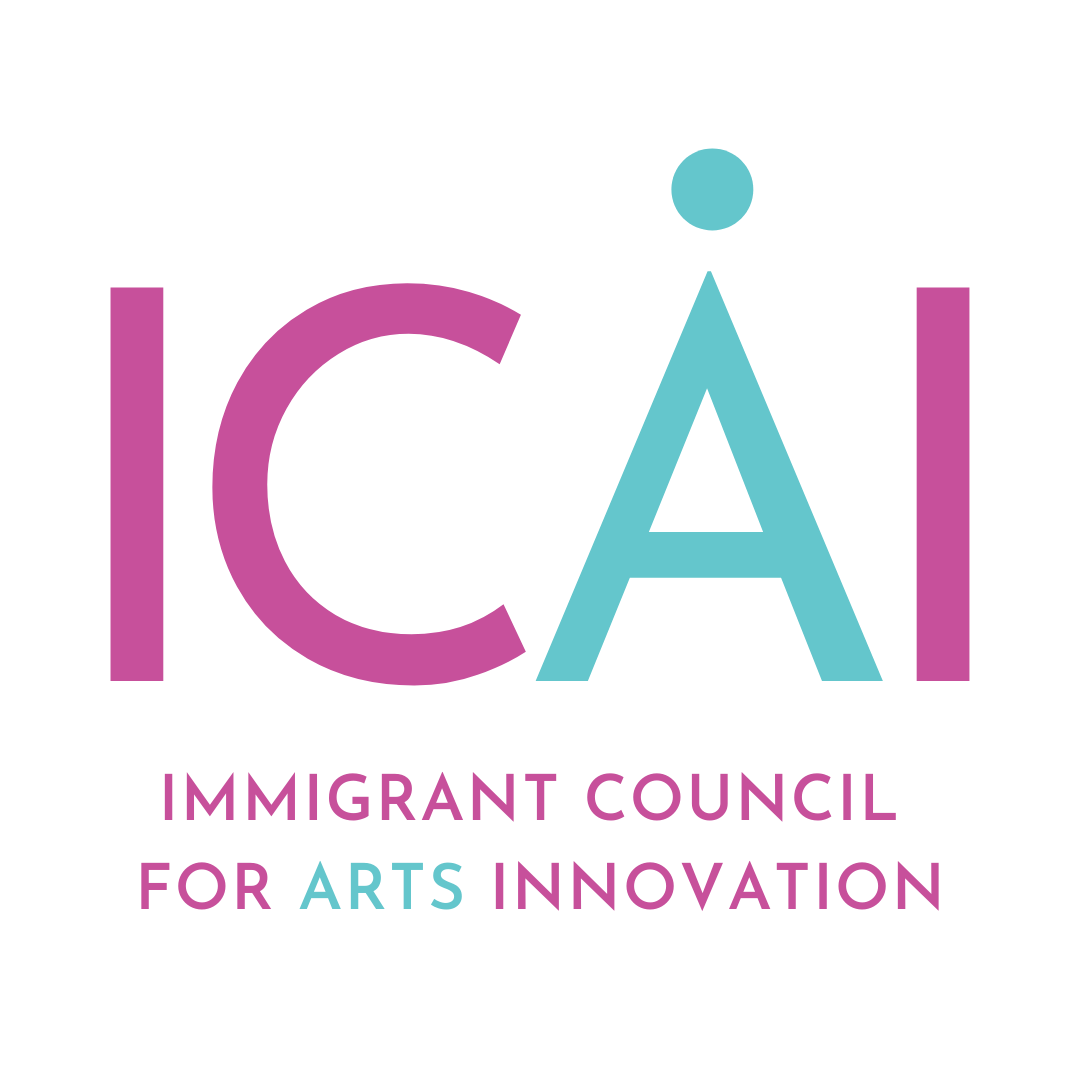Artist of the Month: January 2025
Visual Artist
Based in Edmonton, Alberta
Who are you, and can you tell us a bit about your background and journey to becoming an artist?
I’m Nozomi Kamei, a self-taught photographer based in Edmonton, Alberta. I grew up in the Japanese countryside, surrounded by rice fields and nature, which instilled in me a sense of balance and harmony. I’ve lived in Norway and Canada, where I worked in health and wellness before discovering photography in 2021. Photography became a way for me to explore connections—with myself, others, and the world around me. It’s been a transformative journey of healing and expression.
What inspires your work and drives your creative process, especially your focus on themes of connection and harmony?
Connection is my biggest inspiration—whether it’s with people, nature, or moments of stillness. For me, photography is a way to express gratitude for those connections and explore the unity I see in the world. I’m driven by the way art can bring people together and nurture harmony in a world that often feels fragmented. Moments of interaction, like when someone shares their personal story or reflects on my work, inspire me deeply.
What sparked your journey into photography, and how did it become your medium of choice?
Photography became part of my life during a time when I felt disconnected from myself and others. Spending time in nature helped me feel whole again, and I wanted to share that sense of connection with others. Photography felt accessible and immediate—it allows me to capture moments that feel “right” and express emotions that are difficult to put into words. It’s also something I loved as a child, using disposable cameras to document moments for my siblings. Those early memories planted the seed for my passion.
Where do you draw inspiration for your projects, and how do you approach starting a new one?
Inspiration often comes from moments of interaction—whether it’s with people, nature, or a simple observation during daily life. My process is intuitive. I don’t usually set out with a specific plan; instead, I carry my camera with me and capture moments that feel “right.” For larger projects, like “Japanese Diaspora in Alberta,” the inspiration comes from personal reflections and the stories of others. Research and conversations guide me, but the process always starts with a feeling or curiosity.
Where do you see your art taking you in the next few years? Are there any upcoming projects or collaborations you’re particularly excited about?
I’m looking forward to continuing my project, “Japanese Diaspora in Alberta,” which explores the stories of Japanese Canadians and their sense of belonging. I’m also participating in The Shoe Project, a collaborative performance about the immigrant experience, which will premiere in March. Beyond that, I want to learn new skills, experiment more with film photography, and explore opportunities to collaborate with other artists. I see my journey as an ongoing process of growth and discovery.
How have your experiences as an immigrant shaped your artistic journey, and what advice would you offer to other immigrant artists?
Being an immigrant has taught me resilience and the value of community. It’s not always easy—there are financial challenges, moments of self-doubt, and a sense of vulnerability when sharing your work. My advice to other immigrant artists is to give yourself a chance. Find a supportive community, ask for advice, and embrace the journey, even when it feels uncertain. Art is a powerful way to express yourself and connect with others, so trust in its value and your unique voice.







